Motorcycle Security: Protecting Your Ride
April 10, 2014
There are all kinds of thieves in all kinds of neighborhoods. There are professional motorcycle thieves, career criminals looking for a getaway ride, as well as your run-of-the-mill hoodlums in search of a free joy ride. Don’t let your motorcycle fall prey to these bike-poachers. Read these motorcycle security tips and you’re sure to keep those precious wheels safe and sound.
Leave the Title at Home. Don’t store your title on the bike.
Mark your bike. Personalize your bike and then photograph it to make it easier for police to spot in the event of a theft.
Lock it in the Garage. When at home, keep the motorcycle in the garage and lock the door.
Lock the ignition. According to the Motorcycle Safety Foundation, most bike thefts occur when the ignition is shut off, but not locked. So lock your ignition and remove the key.
Lock the forks. Lock the forks or disk brakes with locks that have large, brightly colored tags. (The bright colors will prevent you from forgetting they are there, which could result in an embarrassing situation)
Travel in packs. If riding in a group, motorcycles can be locked together when parked.
Lock to an object. If you’re riding solo, then look for a solid, stationary object that can’t be dismantled such as a rail or light post.
Park in camera’s view. If using a parking lot, parking garage or hotel parking area with security cameras, then locate a camera and park the bike within view.
Get an alarm. This will draw attention to the thieves, and can be triggered if the bike is moved, lifted or flipped. Or, if you’re a cheapskate, you can just get the alarm sticker. Few thieves will take the chance.
Get smart. GPS locators and other hidden devices have been available for some time, and can even be adapted to smartphones, tablets and computers. The latest Scorpio Ride “Core” system can be installed inconspicuously inside the bike and added as an app to your cell phone. The box plugs into the battery and relays information such as location, tire pressure, and even a perimeter check to your phone. In the event of theft, a pin code is made available to share with police so they can track the location.
By using one or all of these security precautions, your motorcycle will be one tough cookie to steal. Never leave that bike out for easy pickin’s and as always, enjoy the ride!

Why Spring is Deadly for Bikers
April 10, 2014
There are several hazards that the spring season brings. For motorcyclists, there are seven, to be precise.
1. Maintenance. Far too many eager riders hop on their bike for the first spring season cruise without performing a proper maintenance check. Remember your T-CLOCS? Tires, Controls, Lights, Oil, Chassis and Stand. Download the Motorcycle Safety Federation’s T-CLOCS inspection checklist to make sure your motorcycle is up for the task.
2. Rusty Skills. Even the most experienced riders need some time to shake off the dust and get back into their motorcycle routines and instincts, and to rebuild the muscle memory that facilitates needed balance and coordination. So, take it easy on your first outing and let your body get used to riding again.
3. Speed. Yes, the first ride of the year is exciting. And, that excitement can unconsciously compel you to roll on the accelerator, hear the engine roar and feel the wind in your hair. However, besides falling victim to a speed trap, this extra acceleration can be dangerous before you’ve gotten back into the swing of things.
4. Drivers. Most drivers haven’t seen a motorcycle on the road all winter. Awareness is especially low in the early spring, leading to more accidents caused by cars turning and changing lanes without double-checking their blind spots.
5. Bikers. That’s right. Other riders can be a danger in the spring season as well. Just like you, they are out of practice and prone to accidents. So, watch out for other motorcyclistst as well.
6. Roads. Rough winters leave roads ridden with potholes, cracks and damage. There is often debris left on the road from floods, and all the road workers and gardeners are hauling gravel, mulch and other materials that can fall on the streets in your route. Hit these hazards on your sport bike, and you’re sure to go down.
7. Weather. Slippery roads are extremely dangerous for motorcycles, and in the spring, rain is as common as wildflowers.
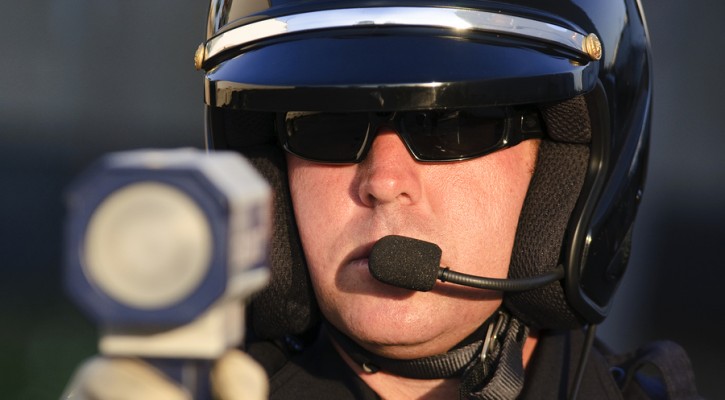
Motorcycle Safety Sweeps
April 10, 2014
Across the country, law enforcement is increasing its presence in an effort tot protect motorists on the road this spring – especially motorcycles. On April 7th, San Bernardino police conducted 125 stops, handed out 115 citations, and impounded 31 vehicles in an effort to increase motorcycle safety. See the full story here:
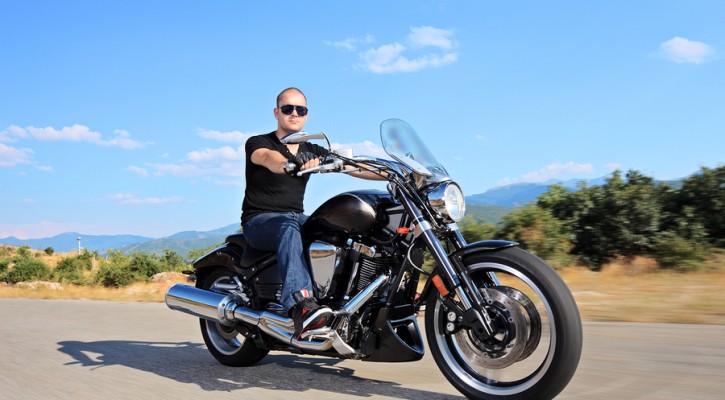
Lax Helmet Laws Lead to Higher Fatalities
April 9, 2014
An article in the Tampa Bay Times discusses the consequences of relaxing and repealing motorcycle helmet laws, taking a sharp focus on their own state (Florida), which leads the nation in motorcycle fatalities. See the full story here:
http://www.tampabay.com/news/perspective/motorcyclists-one-fourth-of-fatalities/2173571
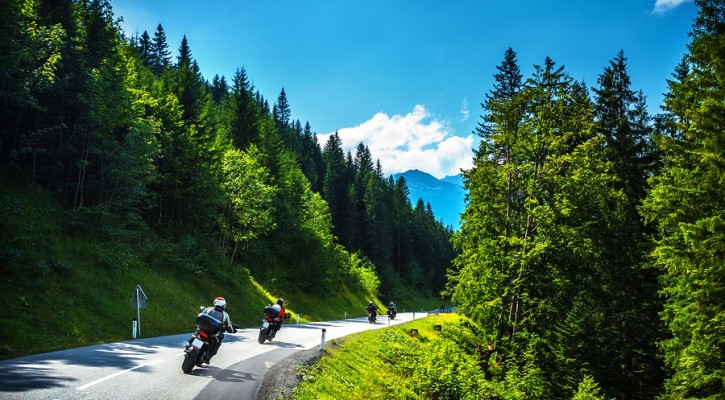
Bikers Kiss Helps Raise Awareness
April 8, 2014
A recent discussion on the biker dating site, www.bikerskiss.com, is helping raise awareness for motorcycle safety this spring. As the snow melts and the weather gets warmer, there will be more motorcycles on the road, and more motorcycle accidents. The website is encouraging riders to be aware of spring hazards and to take necessary safety precautions. See the full story here:
ATGATT Essentials
April 7, 2014
A wise, old biker once said, “Don’t dress for the ride, dress for the crash.”
If you are a new rider that wants to survive to the ripe, old age of this wise man, then you’d be smart to follow his advice. All motorcycle training programs stress the ATGATT acronym (All The Gear All The Time), and for good reason. You will be travelling at highway speeds with no seatbelts or airbags, much less doors, floors or roof. There will be nothing between you and the asphalt besides the clothes on your back, so to speak. Good gear is the only chance a biker has at surviving a crash. So, now is the time to start hunting down all the essentials of a motorcycle wardrobe.
Boots
Let’s start with the feet and make our way up. Motorcycle boots come in a variety of prices and styles – from the cheapest and least conspicuous of everyday-looking boots to the priciest of racer-worthy designs. While you pay for quality, even the cheapest motorcycle boots are better than everyday shoes. This is because they have been specially engineered to survive a crash, and will hold together when they are ground into the road at highway speeds. So, be sure to look for real motorcycle boots to prevent serious damage to your feet and legs in the event of a crash.
Pants
The day that inevitable crash happens, what kind of pants (or God forbid, shorts) will you be wearing? If you think you’re safe with normal jeans or leather pants, then think again. Most modern pants are made with thin, weak materials and bad stitching.These will shred instantly when slid across the road. Look for tough leather and jeans made with strong materials such as military grade Kevlar and Dyneema. Motorcycle pants come in all kinds of styles these days, from low rider jeans to old school leather to sport racer textiles, and they include features such as water resistant design, venting, and reflective piping for visibility. Buying the right pants will save your butt, and let you recover from a crash far more quickly than the road-rash rider that ends up stuck on the couch for weeks.
Jacket
Much like pants, motorcycle jackets are specially designed to bear the brute force of a crash and protect you from road rash. They are constructed with better materials and better stitching, and often include extra padding, armor and even built-in airbags. However, there are also features for added comfort. Motorcycle jackets are made to protect you from the weather. In the spring and fall, a heavier jacket with water-resistant design will keep you dry, warm, and protected from cold air as you travel at highway speeds. In the summer, there are bike jackets made with great ventilation that lets the heat out, the cool in, and still provides great protection.
Gloves
Never take your hands for granted. You need them for everything, and it’s easy to forget that until you break a finger and realize the world is suddenly a much more difficult place – go ahead and try to cut your steak with one hand. In the event of a crash, it’s likely that both hands will be used to break your fall. That means that both hands will suffer the debilitating effects of road rash, broken fingers, and/or broken wrists. This is why quality motorcycle gloves are a must.
Head Gear
Everyone knows that a helmet is the most important piece of gear any biker can buy. All legal helmets are DOT-approved, meaning they have passed a series of tests and trials to achieve the safety standards set by the Department of Transportation. Whether you are purchasing a full-face helmet, open-face helmet, modular helmet, or half helmet, make sure that the DOT-approved sticker is on the back. And, unless you’re purchasing a full-face helmet, be sure to stock up on sunglasses and/or goggles to keep your eyes protected.
These are just the essentials, and motorcycle gear is always improving with better materials and advanced safety technology. So, stay tuned for the latest and greatest biker goods, and the latest innovations in motorcycle safety.
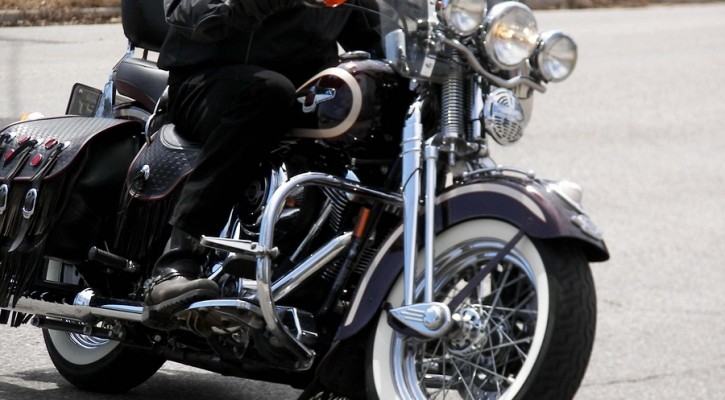
Soldiers Set Example for Motorcycle Education
April 5, 2014
At Fort Campbell, soldiers are taking motorcycle training courses to help keep them safe on and off the base. For these men and women in uniform, motorcycle training courses are required, and advanced courses must be retaken every three years as part of the military motorcycle continuing training program.
While this is not a mandatory practice for ordinary citizens, it’s a great idea to follow these soldiers’ lead and continue riding lessons throughout your life. After taking the MSF Basic RiderCourse, look into the advanced and specialized MSF riding programs, as well as local programs offered at nearby racetracks and event centers.
Top Tech Tips
April 4, 2014
Get some great motorcycle maintenance tips from Joe Conry to ensure motorcycle safety and smooth riding.
https://www.youtube.com/watch?v=-JSM3MTINTs&feature=youtu.be
The Most Common Beginner Mishaps
April 3, 2014
1. Buying the Wrong Motorcycle. Many beginners buy too much weight and too much power, resulting in a bike they cannot control. See our bike buying guide for new riders.
2. Overestimating skills. Going from the training of an empty parking lot into downtown traffic during rush hour is not a good idea.
3. Underestimating other drivers’ stupidity. There are a ton of terrible drivers on the roads, and a new rider should never underestimate the stupidity of other drivers.
4. Assuming you’re not invisible. Cars and trucks have a hard time seeing motorcycles, especially when turning or changing lanes. Always assume that you are invisible to every other driver on the road.
5. Riding with a passenger. Before you let a passenger on the back of your bike, get a few thousand miles and a year of experience under your belt.
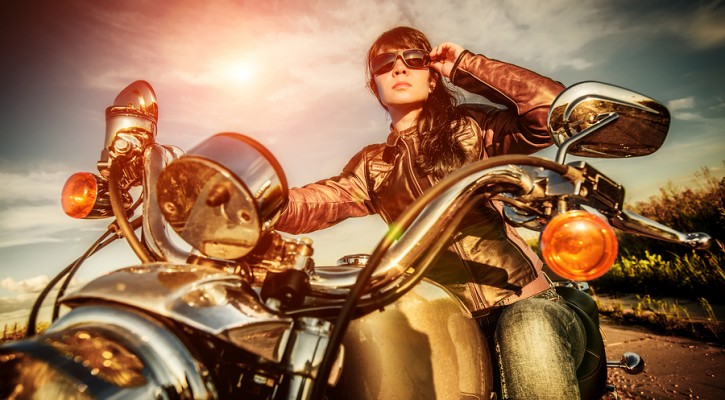
Miss Fires
April 3, 2014
This motorcycle group doesn’t require much knowledge, experience, or even a license. You can even join if you don’t have a bike yet. See the full story over at nytimes.com:
